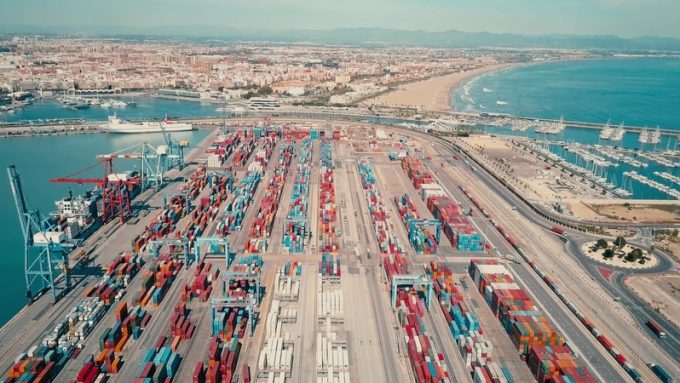Transpacific contract rates rise on Trump’s fickle policies
Shippers exasperated with the constant flip-flops in the Trump administration’s trade policy have agreed to ...

Container spot rates to the Mediterranean rocketed by more than 40% this week, according to today’s Shanghai Containerized Freight Index (SCFI).
Rates from Asia to Mediterranean ports increased by $312, to $1,083 per teu, and are now some 30% higher than a year ago.
Carriers on the route have not only succeeded in getting their low-sulphur fuel surcharges to stick, but also managed to drive through rate increases, underpinned by stronger-than-expected demand as westbound sailings run full.
And the North Europe component of ...
'Disastrous' DSV-Schenker merger would 'disrupt European haulage market'
New senior management for DSV as it readies for DB Schenker takeover
Volumes set to 'fall off a cliff' as US firms hit the brakes on sourcing and bookings
Asian exporters scramble for ships and boxes to beat 90-day tariff pause
Amazon pushes into LTL for small package fulfilment and UPS does a u-turn
Temporary tariff relief brings on early transpacific peak season
Pre-tariff rush of goods from US to China sees air rates soar, but not for long
Forwarders 'allowing the fox into the chicken run' by supporting 'hungry' carriers

Comment on this article